HOW TO MAKE
SOURDOUGH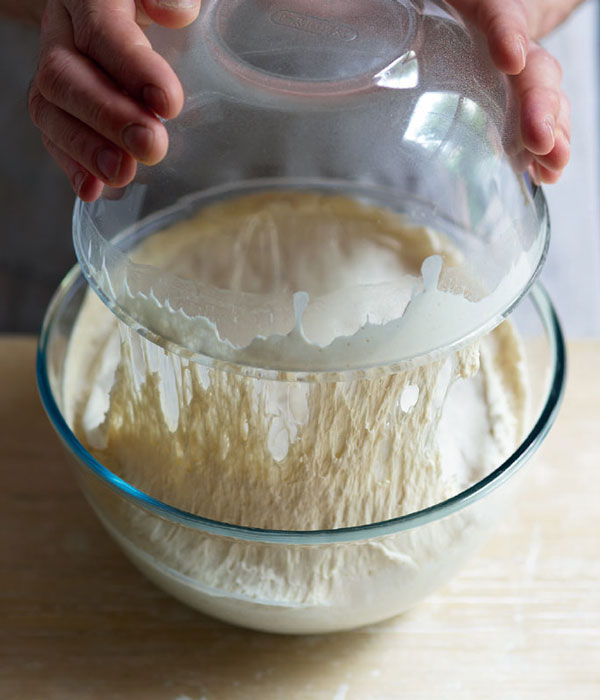
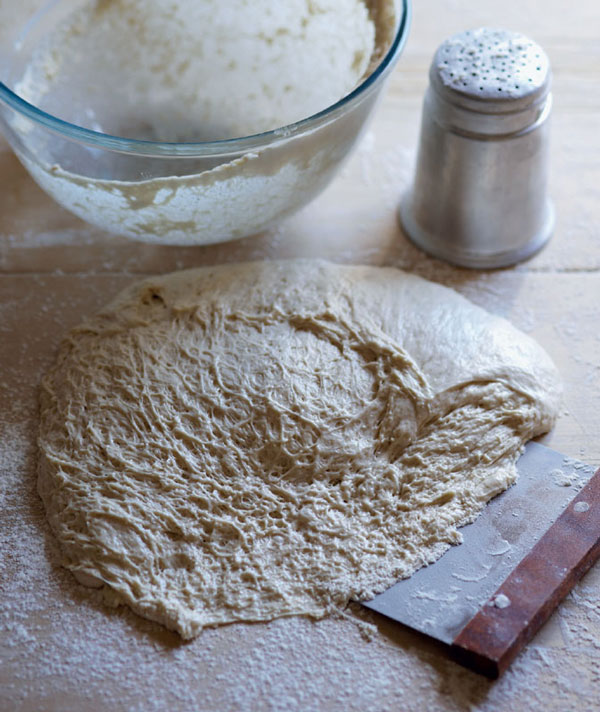
HOW TO MAKE
SOURDOUGH 45 recipes for great-tasting sourdough breads that are good for you, too.

EMMANUEL HADJIANDREOU photography by Steve Painter
 Design, Photographic Art Direction and Prop Styling
Design, Photographic Art Direction and Prop Styling Steve Painter
Commissioning Editor Nathan Joyce
Production Controller David Hearn
Editorial Director Julia Charles
Art Director Leslie Harrington
Publisher Cindy Richards
Indexer Ingrid Lock First published in 2016 by Ryland Peters & Small 2021 Jockeys Fields London WC1R 4BW and 341 E 116th St New York, NY 10029 www.rylandpeters.com 10 9 8 7 6 5 4 3 2 1 Text Emmanuel Hadjiandreou 2016 Design and photographs Ryland Peters & Small 2016 The authors moral rights have been asserted. All rights reserved. No part of this publication may be reproduced, stored in a retrieval system or transmitted in any form or by any means, electronic, mechanical, photocopying or otherwise, without the prior permission of the publisher. eISBN 978 1 84975 901 4 ISBN 978 1 84975 704 1 A catalogue record for this book is available from the British Library. A cataloging-in-progress record is available from the Library of Congress.
Printed and bound in China Notes All spoon measurements are level, unless otherwise specified. Ovens should be preheated to the specified temperature. Recipes in this book were tested using a fan/convection oven. If using a regular oven, follow the manufacturers instructions for adjusting temperatures. All eggs are UK medium/US large unless otherwise specified. contents 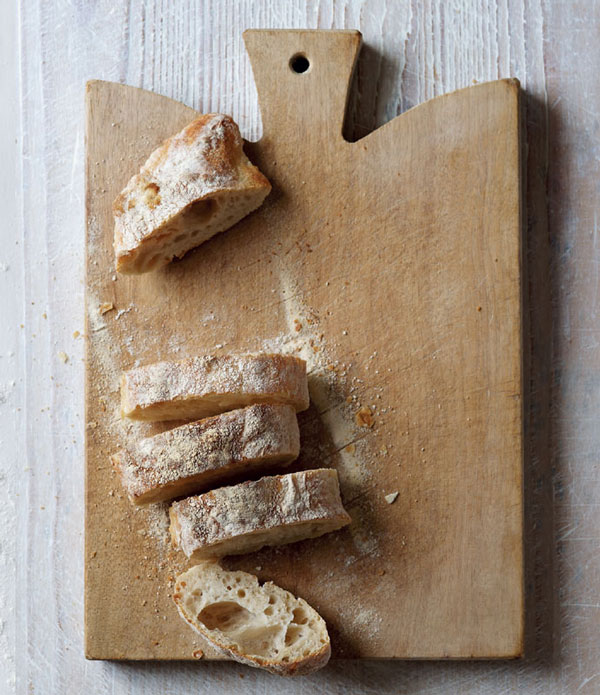
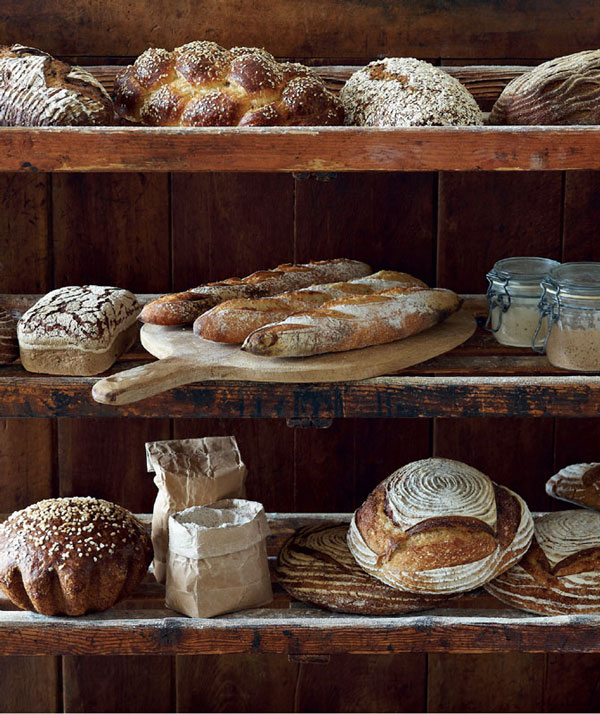 I would like to thank everyone who has supported and purchased How to Make Bread and Making Bread Together. contents
I would like to thank everyone who has supported and purchased How to Make Bread and Making Bread Together. contents 
 I would like to thank everyone who has supported and purchased How to Make Bread and Making Bread Together.
I would like to thank everyone who has supported and purchased How to Make Bread and Making Bread Together.
I love to hear that people are making bread from both books and that theyre having so much fun making it. In this book, I am introducing you to sourdough and long fermentation. I want to show you that the most important ingredient is time and waiting for things to develop. Also that you really do not need lots of sourdough to make a great loaf of bread. Some of the recipes I have turned from yeasted dough into a sourdough. I find that once you understand how all the ingredients work, you can make a great product.
Bread will always differ from season to season because of the weather and the new-season flour, to name but a couple of things. Some of the ingredients will be a bit more challenging than others so have patience and take it one step at a time. Its really important to read the recipe thoroughly, make sure you weigh out all your ingredients, dry and wet, and that you can see all your ingredients before you start mixing. Youll also achieve the best results with good-quality ingredients. Throughout my baking career, I have introduced bread making to lots of people and it is so pleasing to hear that they are enjoying making great bread. I never get tired of making a loaf of bread because the magic starts from the time you start mixing and continues through to the moment you take the loaf out of the oven.
I hope you will have as much fun creating all the breads in this book as I have really enjoyed putting the recipes together. Lastly, do remember that if your sourdough is not bubbling, your bread will not rise. Happy baking! Tools, equipment and tips Accuracy is crucial in bread making. For this reason, I have given all ingredients in metric weights first (including salt, yeast and liquids), followed by American cups and/or ounces, teaspoons or tablespoons. I highly recommend that you weigh everything on high-precision electronic scales, but of course its up to you. A properly measured cup of white flour weighs 120 g or 4 oz.
When measuring flour by the cup, spoon it into the measuring cup and scrape off the excess. Precision electronic scales: If you choose to weigh your bread-making ingredients (rather than measure them in cups and spoons), you want scales that can weigh between 1 g and about 3 kg. They tend to come in 1-g, 2-g or 5-g graduations, so make sure you buy scales with a 1-g graduation for the most accurate measurement of ingredients like salt and water. At least 1 large mixing bowl (approximately 2-litre/8-cup capacity) and at least 1 small mixing bowl (approximately 1-litre/4-cup capacity): You want to be able to fit one bowl on top of the other snugly. You can either upturn the smaller one and put it inside the bigger bowl; or you can upturn the larger one and place it over the smaller one. I find this the most convenient way to mix wet and dry ingredients, as well as providing an easy covering while the dough rises.
I normally use a plastic or Pyrex bowl, but if you use Pyrex, make sure you rinse the bowl in warm water to warm it up if it has been stored in a cold cupboard. Deep roasting tray: You will need to put a cup of water in this to create steam in your oven. Put the pan on the bottom of the oven before preheating it. Loaf pans: 500-g/6 x 4-inch (or 1-lb.) and 900-g/8 x 4inch (or 2-lb.) capacities are what we mainly use in this book. Proofing/dough-rising baskets: These come in various shapes and sizes and are used to hold dough during proofing. They shape the dough and create attractive patterns on the crust of the baked bread.
They are made from a variety of materials. These baskets are not essential to bread making but are a good investment for the avid baker. Proofing/bakers linen (couche) or clean tea/kitchen towel: This is a thick linen traditionally used to support dough inside a proofing/dough-rising basket (especially French baguettes) and also to absorb a little moisture from the dough, which helps to form the bread crust. You can also use thick, heavy, clean tea/dish cloths for this and to cover dough during proofing. Baking stone: Avid bakers might like to invest in a baking stone. Baking stones come in a variety of materials and thicknesses, and are designed to help bake bread evenly.
They should be put in the oven and preheated slowly at the same time as the oven. If you put a cold stone in a very hot oven, it can crack. Alternatively, preheat a heavy baking sheet flipped upside-down for 3045 minutes. Bread or pizza peel: Used to slide bread into the hot oven. Baking sheets: You will often need more than one baking sheet if you are making individual pastries or similar.

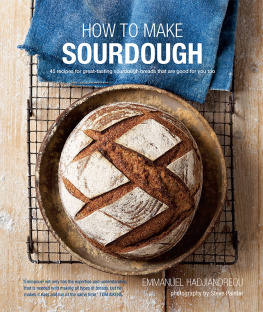
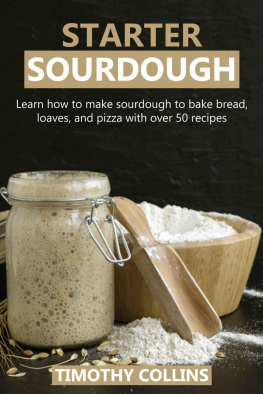


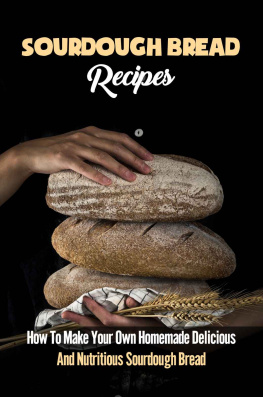
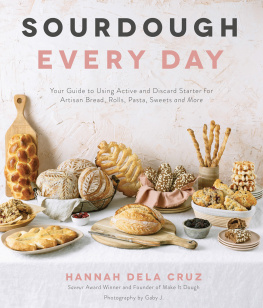

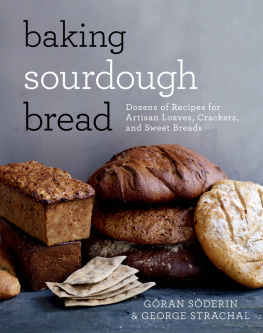


 HOW TO MAKE
HOW TO MAKE EMMANUEL HADJIANDREOU photography by Steve Painter
EMMANUEL HADJIANDREOU photography by Steve Painter  Design, Photographic Art Direction and Prop Styling Steve Painter Commissioning Editor Nathan Joyce Production Controller David Hearn Editorial Director Julia Charles Art Director Leslie Harrington Publisher Cindy Richards Indexer Ingrid Lock First published in 2016 by Ryland Peters & Small 2021 Jockeys Fields London WC1R 4BW and 341 E 116th St New York, NY 10029 www.rylandpeters.com 10 9 8 7 6 5 4 3 2 1 Text Emmanuel Hadjiandreou 2016 Design and photographs Ryland Peters & Small 2016 The authors moral rights have been asserted. All rights reserved. No part of this publication may be reproduced, stored in a retrieval system or transmitted in any form or by any means, electronic, mechanical, photocopying or otherwise, without the prior permission of the publisher. eISBN 978 1 84975 901 4 ISBN 978 1 84975 704 1 A catalogue record for this book is available from the British Library. A cataloging-in-progress record is available from the Library of Congress.
Design, Photographic Art Direction and Prop Styling Steve Painter Commissioning Editor Nathan Joyce Production Controller David Hearn Editorial Director Julia Charles Art Director Leslie Harrington Publisher Cindy Richards Indexer Ingrid Lock First published in 2016 by Ryland Peters & Small 2021 Jockeys Fields London WC1R 4BW and 341 E 116th St New York, NY 10029 www.rylandpeters.com 10 9 8 7 6 5 4 3 2 1 Text Emmanuel Hadjiandreou 2016 Design and photographs Ryland Peters & Small 2016 The authors moral rights have been asserted. All rights reserved. No part of this publication may be reproduced, stored in a retrieval system or transmitted in any form or by any means, electronic, mechanical, photocopying or otherwise, without the prior permission of the publisher. eISBN 978 1 84975 901 4 ISBN 978 1 84975 704 1 A catalogue record for this book is available from the British Library. A cataloging-in-progress record is available from the Library of Congress. 
 I would like to thank everyone who has supported and purchased How to Make Bread and Making Bread Together. contents
I would like to thank everyone who has supported and purchased How to Make Bread and Making Bread Together. contents